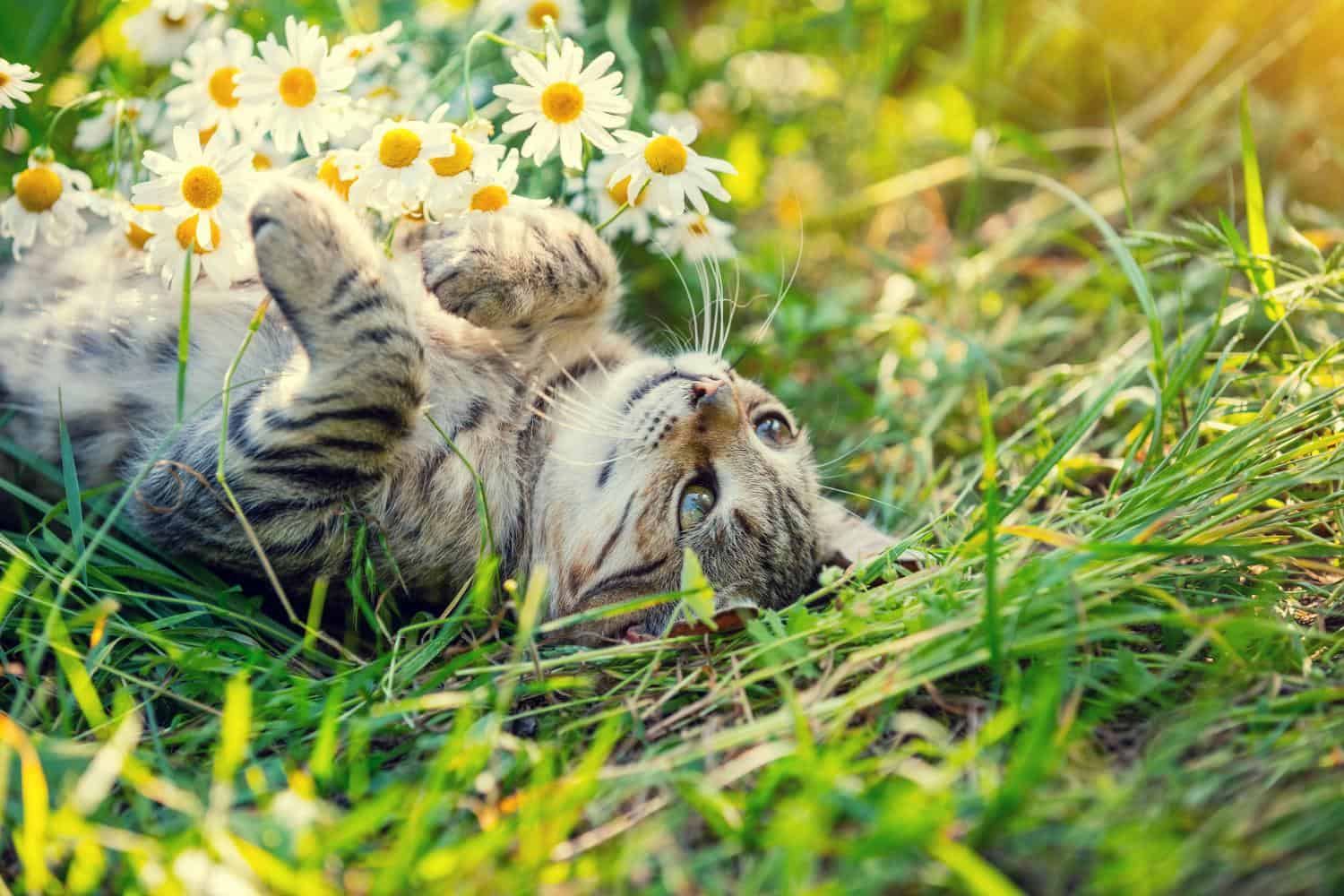Whiskers and Wildflowers: Nurturing Nature and Pets in Your Pet-Friendly Garden Haven

If you are like us at Western Veterinary Center, you enjoy spending time outdoors. It is only natural to want to share that experience with the ones you love (even if they have four legs). Creating outdoor spaces for pets that are safe and enjoyable can be a fun project, and we have lots of ideas!
Outdoor Spaces for Pets
Having an outdoor space to share with your pet can provide important mental and environmental enrichment. All pets can benefit with surroundings that provide the interaction and stimulation that they need to thrive.
While you can provide opportunities for pets indoors, adding outdoor experiences can broaden the ability for your pet to learn, explore, and grow. Making an effort to provide enrichment can decrease boredom, help avoid behavioral problems, encourage bonding, and improve overall mental and physical health.
When creating outdoor spaces for pets consider:
- Safety: The outdoors are fun for pets, but there are certainly unique hazards that lurk outside. Beware of things like ambient temperature, toxic plants or chemicals, and other animals. Most pets do best when supervised in a controlled area. Cats tend to be safest in a secure enclosure like a catio.
- Experiences: Be sure to allow your pet to experience new things outdoors. Different smells, new visuals such as birds or squirrels, and changing scenery can add a lot.
- Variety: It can be fun for a pet to explore their outdoor space on their own, but you can make the experience even more valuable by creating games and interactions for them. Hide-and-seek with toys or treats, puzzle toys, the addition of pet-safe plants, or even a swim in a safe place can be fun!
Pet-Friendly Gardening
A lot of creating a pet-friendly outdoor space has to do with making sure that you are using pet-safe plants. Some plants can be hazardous or even deadly for pets, so making sure that you know what is in the environment is key.
Be sure to avoid:
- Sago palms (all parts are extremely toxic to dogs and cats)
- Lilies (very dangerous for cats)
- Aloe
- Daffodils
- Foxglove
- Dieffenbachia (Dumbcane)
- Oleander
- Grape vines
- Fruit trees whose pits can become choking or intestinal hazards
Instead, fill your pet’s space with pet-friendly landscaping that includes things that are safe even if munched on. Some of our favorites include leafy greens, catmint, basil, hibiscus, and zinnias. Check the ASPCA’s extensive list of safe and not safe plants to learn more about what is in your pet’s space.
Dog and cat-safe garden design also requires that you stick to more natural fertilizers and pest control. You also should avoid mulch such as cocoa mulch that could cause toxicity if ingested.
Creating a pet-friendly outdoor space can be fun for both you and your dogs and cats. Taking the time to do your research and plan well is important, though. Please don’t hesitate to contact us if you have questions or need help in your endeavors. We are happy to do what we can to help your pets thrive.
